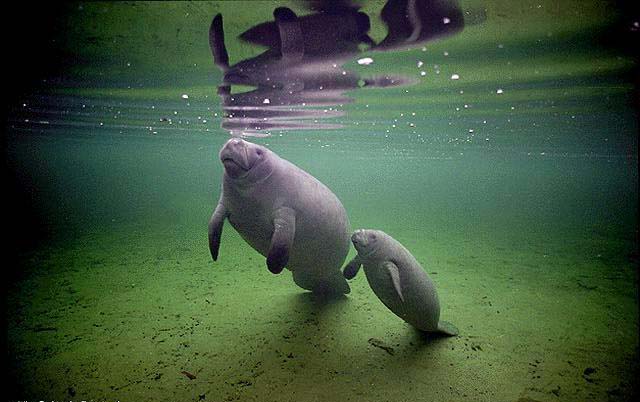Find your next favourite story now
Login
The planet we live on.
The Dugong
The dugong (Dugong dugon) is a herbivorous marine mammal, often called the “sea cow” for its habit of grazing on seagrass meadows. Its range extends from the shallow tropical and subtropical coastal and island waters of the Indo-Pacific, from East Africa to the Solomon Islands and Vanuatu. They are extremely shy and gentle creatures, but populations world-wide have become increasingly fragmented and are listed globally as vulnerable to extinction. Evidence suggests that numbers are declining as a result of the loss and degradation of seagrass meadows, fishing pressures, Indigenous hunting and coastal pollution.

The dugong (Dugong dugon) is a herbivorous marine mammal, often called the “sea cow” for its habit of grazing on seagrass meadows. Its range extends from the shallow tropical and subtropical coastal and island waters of the Indo-Pacific, from East Africa to the Solomon Islands and Vanuatu. They are extremely shy and gentle creatures, but populations world-wide have become increasingly fragmented and are listed globally as vulnerable to extinction. Evidence suggests that numbers are declining as a result of the loss and degradation of seagrass meadows, fishing pressures, Indigenous hunting and coastal pollution.

The Rock Hyrax
The rock hyrax is said to be the elephant's nearest living relative. This is true to a certain extent, but misleading, since the relationship stems from a remote ancestor common to hyraxes, sea cows (dugongs and manatees) and elephants. These three are unlike other mammals, but they share various, if disproportionate physiological similarities in teeth, leg and foot bones, testes and other more obscure details.
My Grandmother had a tame hyrax that one of my aunts found as a baby, its mother having been stoned to death by local children. She hand reared it and named it Twiggy. Twiggy had the run of the house and gardens, with the cats and dogs and eventually took herself off to join one of the wild groups living on our farm. She would return for a few days every so often, and always brought her offspring to visit. Hyrax very domesticated, their bathroom habits are particularly clean, using the same place everytime. Twiggy used to use a proper lavatory and then nudge my grandmothers foot to tell her that it needed flushing!

The rock hyrax is said to be the elephant's nearest living relative. This is true to a certain extent, but misleading, since the relationship stems from a remote ancestor common to hyraxes, sea cows (dugongs and manatees) and elephants. These three are unlike other mammals, but they share various, if disproportionate physiological similarities in teeth, leg and foot bones, testes and other more obscure details.
My Grandmother had a tame hyrax that one of my aunts found as a baby, its mother having been stoned to death by local children. She hand reared it and named it Twiggy. Twiggy had the run of the house and gardens, with the cats and dogs and eventually took herself off to join one of the wild groups living on our farm. She would return for a few days every so often, and always brought her offspring to visit. Hyrax very domesticated, their bathroom habits are particularly clean, using the same place everytime. Twiggy used to use a proper lavatory and then nudge my grandmothers foot to tell her that it needed flushing!
I'm a little biased about my home too
Go to crazytourist.com and look up 15 most beautiful spots in Colorado.
Go to crazytourist.com and look up 15 most beautiful spots in Colorado.






















